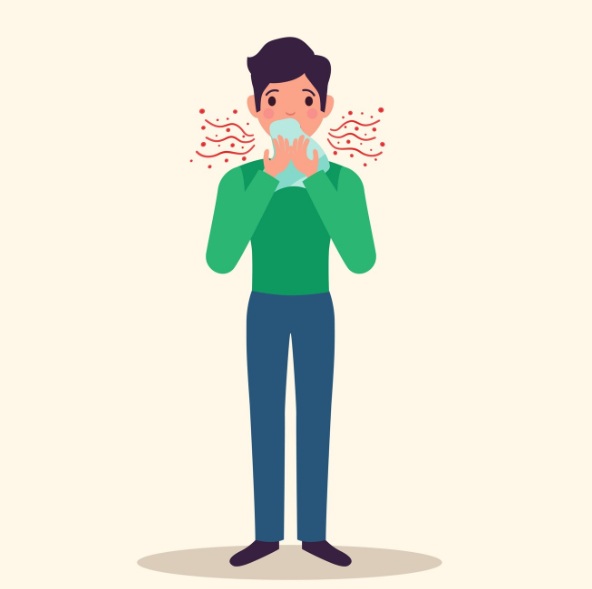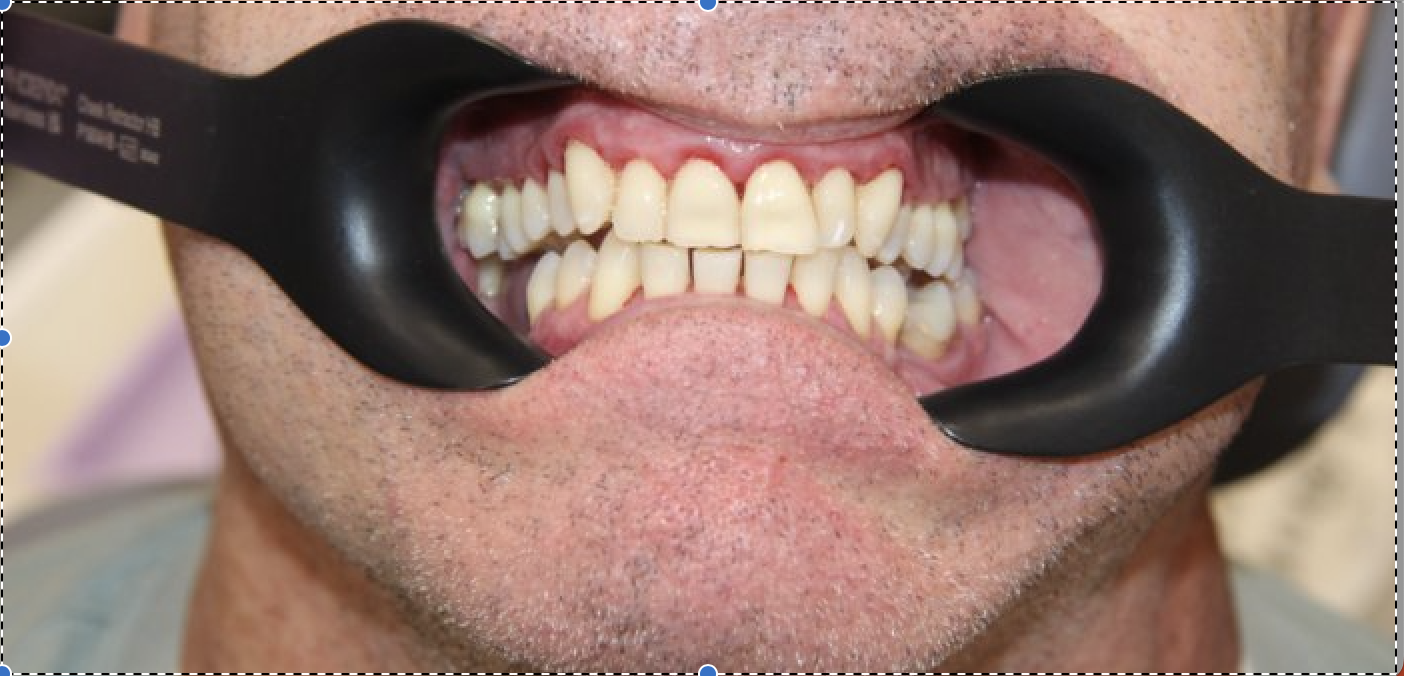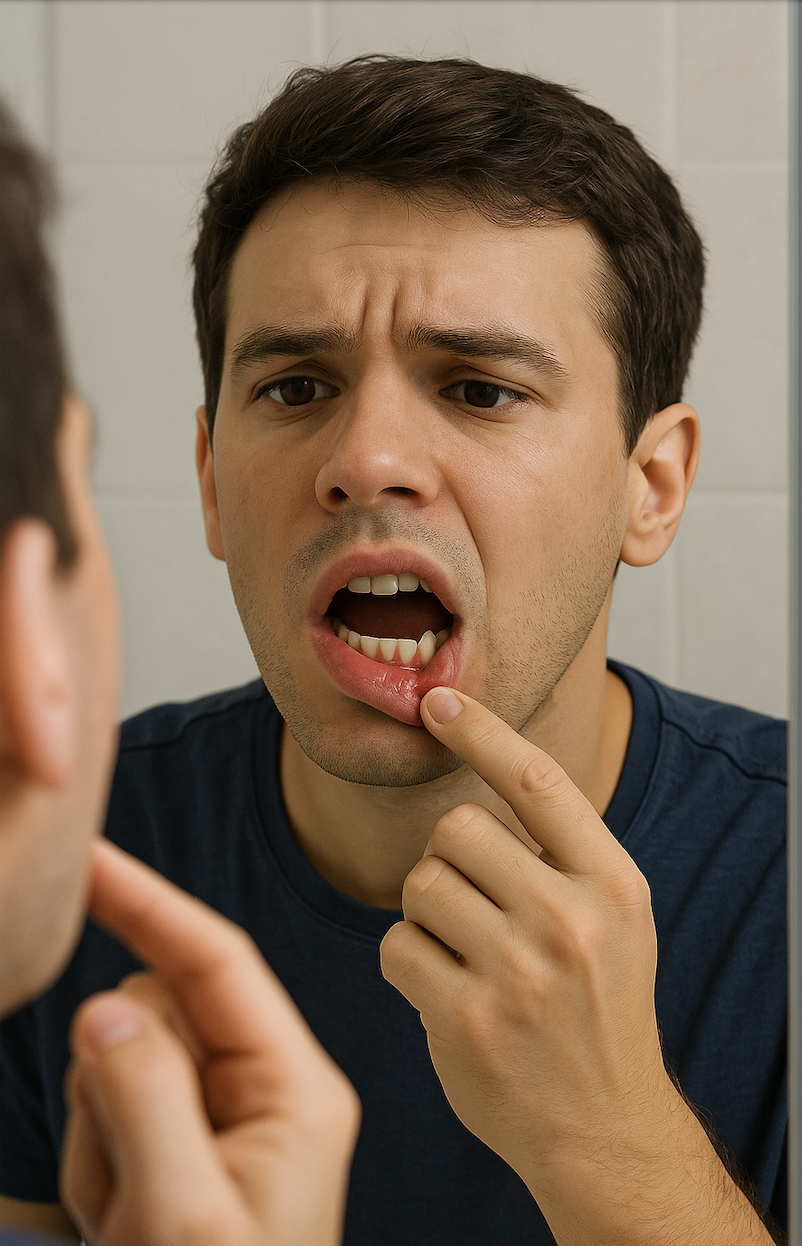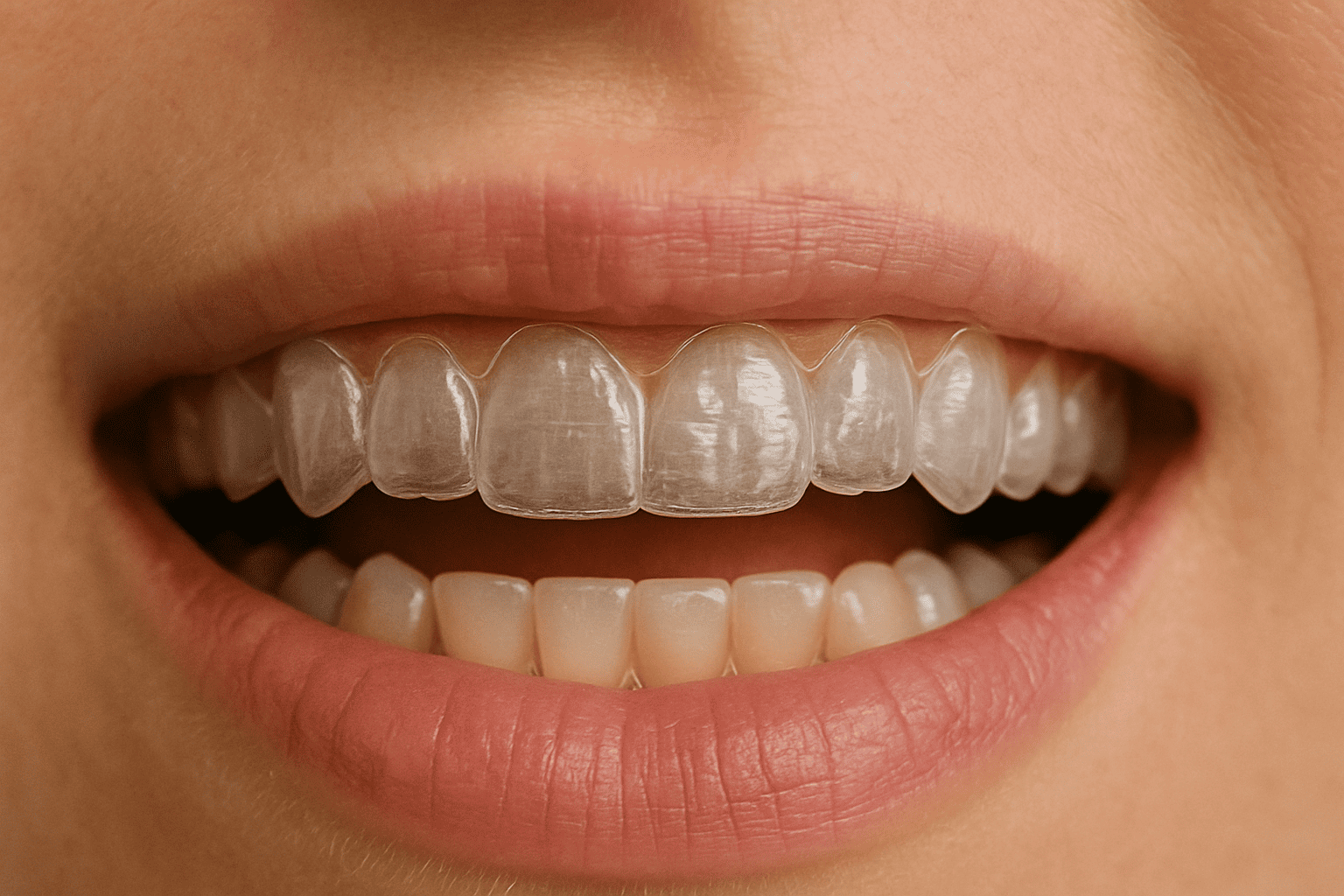A Complete Guide About Periodontitis
Noticed bleeding gums or bad breath? Periodontitis, a serious gum disease, can harm your teeth and health. Learn its signs, causes, and simple steps to protect your smile.

Did you know that nearly half of adults over 30 in the UK have some form of gum disease? One of the most serious types is periodontitis, a condition that can silently damage your gums and the bones supporting your teeth, potentially leading to tooth loss and broader health problems. As a dental clinic in London, we’re here to help you understand periodontal disease in a clear, approachable way. This blog post dives into what periodontitis is, its symptoms, causes, and practical steps to prevent it, empowering you to protect your smile and overall wellness.
What is Periodontitis?
Periodontitis is a severe form of gum disease that goes far beyond gingivitis, the milder inflammation of the gums. While gingivitis is reversible, periodontitis causes lasting damage to the periodontal ligament (the tissue anchoring teeth to bone) and the alveolar bone that supports your teeth. It begins with dental plaque, a sticky film of bacteria that forms on teeth. If not removed, plaque hardens into tartar, triggering inflammation that can progress into deep periodontal pockets, gum recession, and even tooth loss.
This condition is surprisingly common. Around 45% of UK adults over 30 show signs of periodontitis. Its impact isn’t limited to your mouth; it’s linked to serious conditions like heart disease, diabetes, and pregnancy complications. Early action is crucial to prevent irreversible damage, making awareness and regular dental care essential.
Symptoms of Periodontitis
Periodontitis can develop quietly, often without pain in its early stages, which is why knowing the signs is vital. Here’s a detailed look at what to watch for:
Early Symptoms
- Red, swollen, or tender gums: Your gums may appear puffy, feel sore to the touch, or look bright red or purplish, signaling early inflammation.
- Bleeding gums: Blood on your toothbrush or floss, even with gentle brushing, is a common sign. You might notice a pink tinge in the sink after brushing.
- Persistent bad breath or taste: A lingering bad smell or taste, even after brushing, can indicate bacterial buildup in periodontal pockets.
Advanced Symptoms
- Gum recession: Gums pull away from teeth, exposing roots and making teeth appear longer. This can increase sensitivity to hot or cold foods.
- Periodontal pockets: Deep spaces form between teeth and gums, often 4 mm or more, where bacteria thrive, leading to infection and pus.
- Loose or shifting teeth: Teeth may feel wobbly or drift, changing your bite or creating gaps (sometimes called “black triangles”).
- Changes in bite alignment: You might notice your teeth don’t fit together as they used to, affecting how you chew or speak.
- Pus or discomfort: Visible pus between teeth or gums signals infection, and chewing may become painful or difficult.
Because pain is often absent early on, many people miss these signs until the disease progresses. Regular checkups with a dentist or periodontist can catch periodontitis before it causes serious harm.

Causes of Periodontitis
The primary driver of periodontitis is dental plaque, a sticky film of bacteria like Porphyromonas gingivalis and Aggregatibacter actinomycetemcomitans. These bacteria produce toxins that irritate the gums, causing inflammation. If plaque isn’t removed through proper brushing and flossing, it hardens into tartar, which can only be removed by a entist or dental hygienist. Over time, untreated gingivitis allows bacteria to spread below the gumline, forming periodontal pockets that erode the periodontal ligament and alveolar bone.
Several factors can worsen this process:
- Poor oral hygiene: Inconsistent brushing or skipping flossing allows dental plaque to accumulate, creating a breeding ground for bacteria.
- Smoking or tobacco use: These habits reduce blood flow to the gums, impairing healing and amplifying inflammation. Smokers have a significantly higher risk of developing periodontitis.
- Hormonal changes: Fluctuations during pregnancy, menopause, or puberty can make gums more sensitive, increasing susceptibility to infection.
- Medications: Drugs like those for high blood pressure or seizures can reduce saliva flow, which normally protects gums by washing away bacteria.
- Nutritional deficiencies: A lack of vitamin C or D can weaken gum tissue, making it easier for bacteria to cause damage.
Understanding these causes helps explain why good oral hygiene and lifestyle choices are critical for prevention.
Risk Factors
Certain factors make you more likely to develop periodontitis or worsen its effects:
- Smoking: The leading preventable risk, smoking weakens the immune system and slows gum healing, making treatment less effective.
- Diabetes: Poorly managed diabetes impairs your body’s ability to fight infection, and periodontitis can make blood sugar control harder, creating a vicious cycle.
- Genetics: If your parents or grandparents had gum disease, you may have a higher risk due to inherited traits affecting gum health.
- Stress or poor diet: Chronic stress weakens your immune system, while a diet low in vitamins C and D can compromise gum strength.
- Age and gender: Older adults face higher risks due to cumulative plaque buildup, and men are slightly more affected, possibly due to differences in oral hygiene habits.
- Medical conditions: Autoimmune diseases, HIV, or cancer treatments can lower your body’s defenses, making gums more vulnerable.
Recognizing these risk factors can help you take targeted steps to protect your oral health.
Stages of Periodontitis
Periodontitis progresses through distinct stages, each with increasing severity. There are four stages of periodontal disease to indicate clinical attachment loss, and three grades to classify the severity and the progression of the disease.
A dentist or hygienist uses probing depth measurement to assess pocket depth and X-rays to evaluate alveolar bone loss, helping determine the stage and treatment needed.

Systemic Health Connections
Periodontitis doesn’t just affect your mouth; it’s connected to your overall health. Inflammation and bacteria like Porphyromonas gingivalis can enter your bloodstream, contributing to:
- Heart disease: Chronic gum inflammation may increase the risk of heart attack or stroke by promoting plaque buildup in arteries.
- Diabetes: Periodontitis can worsen blood sugar control, while diabetes makes gum infections harder to fight, creating a two-way challenge.
- Pregnancy complications: Pregnant women with periodontitis may face higher risks of preterm birth or low birth weight due to bacterial spread.
- Other conditions: Emerging research suggests links to Alzheimer’s, rheumatoid arthritis, and respiratory issues like pneumonia, as oral bacteria can travel to other parts of the body.
Maintaining healthy gums is a crucial part of protecting your overall wellness, especially if you have risk factors such as diabetes or smoking.
Diagnosis and When to Seek Help
A have a significantly higher risk of developing periodontitis. diagnoses periodontitis through:
- Probing depth measurement: A small probe measures the depth of periodontal pockets around your teeth. Healthy pockets are 1-3 mm; deeper pockets indicate disease.
- X-rays: These reveal alveolar bone loss or changes in bone structure.
- Symptom assessment: Your dentist will check for signs like bleeding gums, bad breath, or loose teeth.
If you notice symptoms like blood when brushing, persistent bad breath, or wobbly teeth, book a dental appointment promptly. Early detection can prevent irreversible damage. Treatments may include:
- Professional mechanical plaque removal: A thorough cleaning to remove plaque and tartar, either above or below the gumline.
- Antibiotics: In some cases, antibiotics are used in tandem with therapy to thoroughly eliminate bacteria.
- Periodontal surgery: In persistent or advanced cases, surgery may be needed for regenerative purposes.
- Dental implants: If tooth loss occurs, implants can be used to the missing teeth.
Early intervention by a clinician can stop the disease from progressing.

Prevention Tips
The good news? With consistent care and healthy habits, we can slow down the effects of periodontal disease. Here’s how to keep your gums in top shape:
- Brush twice daily: Use a soft-bristled toothbrush and fluoride toothpaste for at least two minutes to remove dental plaque. Angle the brush at 45 degrees to clean along the gumline.
- Cleaning between your teeth daily: Flossing or using interdental brushes cleans between teeth, where brushes can’t reach, preventing plaque buildup in tight spaces.
- Come in for your routine hygiene appointments: Schedule professional cleanings every 3 months to remove tartar and monitor gum health. Regular checkups, no more than 6 months apart, catch issues early.
- Quit smoking: Smoking is a major risk factor—quitting improves gum healing and reduces infection risk. Ask your dentist for resources to help you stop.
- Eat a balanced diet: Foods rich in vitamins C (like oranges) and D (like oily fish) strengthen gums and support your immune system. Limit sugary snacks that feed bacteria.
These steps, combined with lifestyle changes, can significantly lower your risk of periodontitis.
Conclusion
Periodontitis is a serious condition that has no cure and can lead to tooth loss and health issues like heart disease or diabetes complications. By spotting symptoms like bleeding gums, bad breath, or loose teeth and addressing risk factors such as smoking or poor oral hygiene, you can protect your smile and overall health. Take a moment to reflect: Are you cleaning effectively? When was your last dental checkup? If you notice any warning signs, contact a dentist or periodontist for a thorough evaluation.






